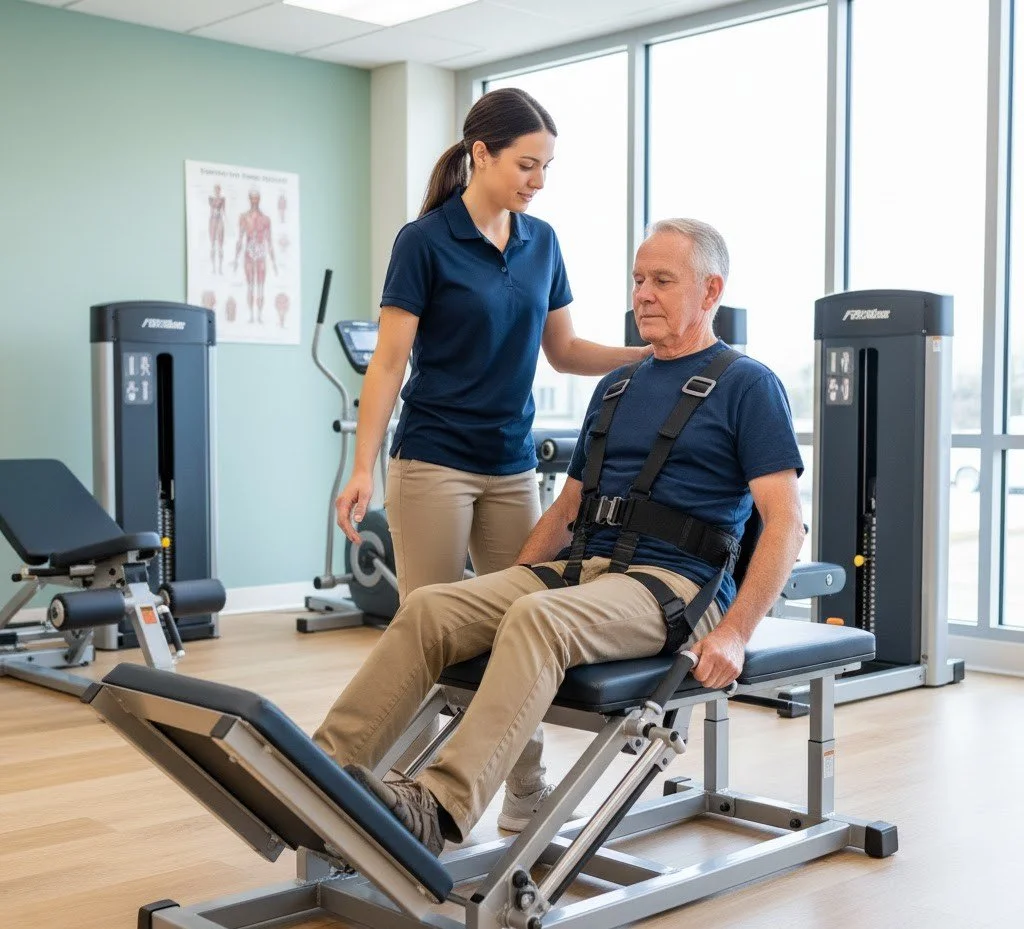Can Running and Jogging Help Prevent Chronic Diseases?
In a world where chronic illnesses like heart disease, diabetes, and obesity are on the rise, finding a simple, sustainable way to protect your health is more important than ever. While there are countless fitness trends and diets that come and go, one activity has stood the test of time — running.
But can something as straightforward as running or jogging really make a difference in preventing chronic diseases?
The short answer is yes. And here’s why.
The Science Behind Movement
Running and jogging are aerobic exercises, meaning they strengthen your heart and lungs and improve how efficiently your body uses oxygen. When your cardiovascular system works better, your entire body benefits.
Research from the Better Health Channel (VIC Government) shows regular aerobic exercise can reduce the risk of:
Heart disease by up to 35%
Type 2 diabetes by up to 40%
Stroke by up to 20%
Over time, this increased activity lowers blood pressure, boosts “good” cholesterol (HDL), and helps regulate blood sugar levels. These are three of the biggest factors in preventing chronic illnesses such as heart disease, type 2 diabetes, and stroke
This makes running one of the most impactful and accessible ways to protect long-term health.
How Running Protects Your Body
1. Strengthens the Heart and Lungs
Running increases your heart rate and improves circulation. Over time, this strengthens the heart muscle and improves lung capacity — lowering blood pressure and improving oxygen flow throughout the body.
2. Improved Blood Sugar Control
Jogging helps your body use insulin more effectively, which stabilizes blood sugar levels. For those at risk of diabetes, consistent running can make a huge difference in prevention and management.
3. Bone and Joint Strength
Running is a weight-bearing exercise — it gently stresses your bones, encouraging them to grow stronger. This helps protect against osteoporosis and maintains mobility as you age.
4. Healthy Weight and Metabolism
Even short runs can help burn calories, boost metabolism, and maintain a healthy weight — one of the key factors in preventing a range of chronic diseases
You Can also read : is running good for weight loss?
5. Mental Health Benefits
Chronic stress and depression often go hand-in-hand with physical illness. Running releases endorphins, improving mood, reducing anxiety, and fostering mental clarity. A strong mind supports a strong body.
Targeted, structured exercise can help reverse some of this decline. Research consistently shows that strength training, balance exercises, and gentle aerobic activity
Getting Started — One Step at a Time
If you’re new to running, you don’t have to start with a marathon. Begin with brisk walks, add short jogging intervals, and slowly build up. A good starter goal is 20–30 minutes of jogging, three times a week.
Here’s a simple progression:
Weeks 1–2: Walk briskly for 30 minutes a day.
Weeks 3–4: Add 60–90 seconds of gentle jogging every 5 minutes
Weeks 5–6: Jog for 20 minutes continuously, with a 5-minute warm-up and cool-down.
Weeks 7–8: Increase to 25–30 minutes of jogging, three to four times a week.
Always listen to your body, wear proper shoes, and rest if you feel discomfort. Overdoing it too quickly can lead to injury — gradual progress builds sustainable habits.
When older adults feel stronger and more capable, they’re less likely to rely on others for basic tasks — which means they can continue living in their own home longer.
The role of an exercise physiologist
Unlike general fitness programs, exercise physiology is tailored to the individual. An accredited exercise physiologist (EP) considers each person’s medical history, mobility, pain levels, and goals before designing a program. This ensures the exercises are safe, achievable, and effective.
Some of the key ways EPs support older adults include:
Functional strength training: building the muscle needed for daily activities like getting out of a chair, climbing steps, or carrying groceries.
Balance and stability work: targeted training to reduce falls and improve confidence walking around the home or community.
Cardiovascular conditioning: improving heart and lung health to boost energy and stamina.
Rehabilitation after illness or injury: guiding recovery from hospital stays or health setbacks.
The real value of an exercise physiologist is not just prescribing exercises but helping older adults stick with them, progress safely, and celebrate improvements along the way.
Can exercise physiology really prevent aged-care admission?
While nothing can guarantee someone will never need residential care, there’s strong evidence that regular, structured exercise delays the decline that often leads to it. In many cases, older adults who follow a supervised program experience fewer falls, greater independence with daily tasks, and reduced hospital admissions.
Of course, exercise is only one piece of the puzzle. Factors such as social connection, home safety, medical care, and family support also play important roles. But when combined, exercise physiology becomes a powerful tool in extending independent living.
You Can also read : How Exercise Can Reduce Chronic Pain & Improve Quality of Life
Taking the first step
If you’re noticing a loved one slowing down, struggling with balance, or losing confidence in their mobility, it’s not too late to make a change. Starting with an assessment from an accredited exercise physiologist provides a clear plan and realistic goals.
At Movement Therapy EP, we specialise in creating safe, personalised programs for older adults. Our focus is on building the strength, balance, and confidence needed to stay active, independent, and at home for as long as possible.
Final thoughts
Running and jogging are simple, powerful ways to improve cardiovascular function, strengthen bones, support mental wellbeing, and reduce the risk of chronic disease. With the right progression and personalised guidance, almost anyone can benefit — at any age.
At Movement Therapy EP, our experienced Exercise Physiology team creates safe, structured programs to help you build fitness, confidence, and long-term independence.
Ready to move better, feel stronger, and protect your health long-term?
Book your Exercise Physiology assessment today.
FAQs
-
No. Gentle jogging or brisk walking still provides significant health benefits.
-
Yes — when introduced gradually and supervised by an Exercise Physiologist.
-
Exercise Physiology is specifically designed to help manage and improve chronic health conditions safely.
-
Walking provides similar benefits, especially over longer durations. Running just achieves results faster.



